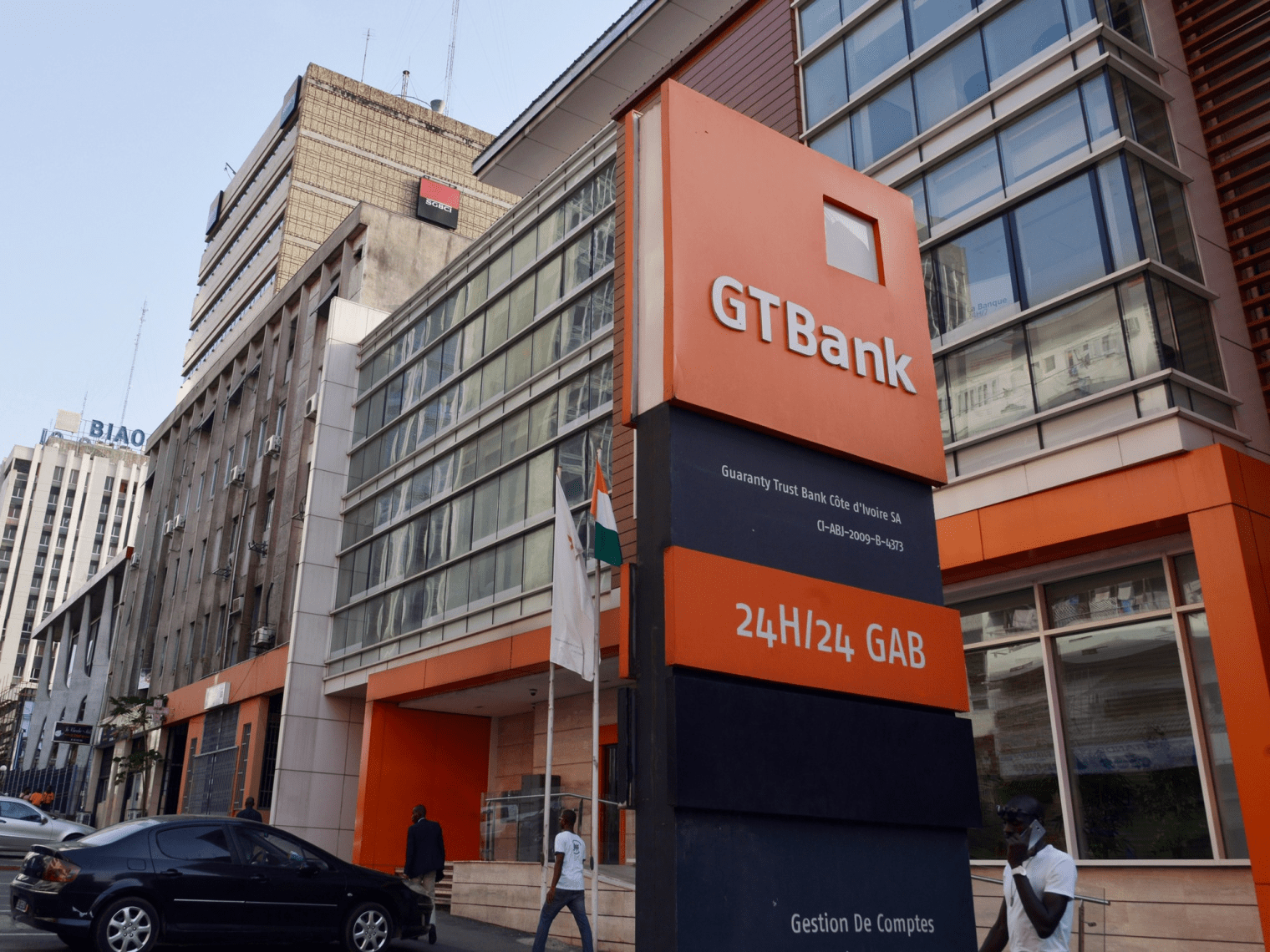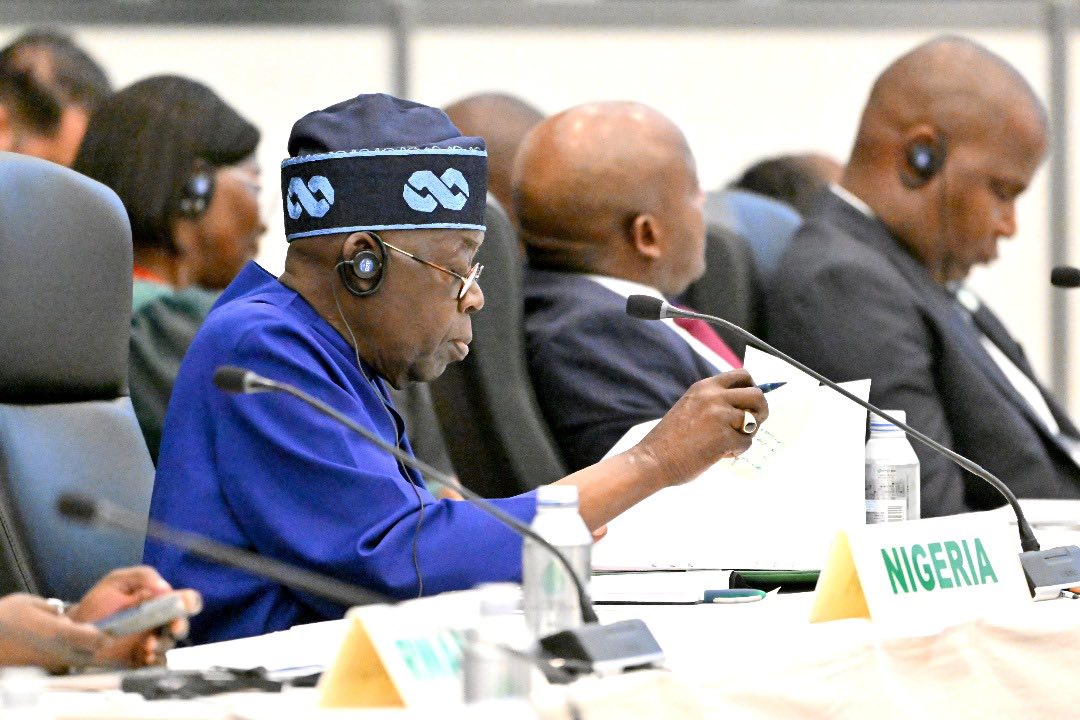Tola Talabi
If you’re reading this, chances are you’ve experienced a power outage today. Maybe you’re running on a generator, or lucky enough to have solar and battery backup. Either way, you know Nigeria’s electricity crisis affects every aspect of life, from the cost of doing business to the quality of healthcare and education our families receive.
Every major leap in Nigeria’s economy has been triggered by a structural shift. Just as telecoms and banking were revolutionized through liberalization and private innovation, the power sector is now on the brink of a similar transformation, this time through embedded generation.
Learning from Our Success Stories: Telecom and Banking
The Telecom Revolution: From Scarcity to Ubiquity
In the 1990s, getting a phone line meant bribes, long waits, and limited access. But the 2001 GSM revolution changed that. Within a decade, subscriptions jumped from 500,000 to over 100 million. The key was not government investment, but liberalization and private capital. MTN, Glo, and Airtel built the backbone, and telecoms now contribute over 10 per cent of GDP.
The Banking Revolution: From Elite Privilege to Mass Access
Finance used to be the domain of foreign banks and elites. But consolidation and fintech changed that. Today, services like PiggyVest and PalmPay make financial access ambient, so much so that market traders in Aba are able to transact as easily as bankers in Ikoyi. Like telecoms, banking became invisible infrastructure.
Power: The Missing Piece
Despite our size and ambition, Nigeria faces a power supply gap of 30–40 GW, generating only 4–7 GW daily, woefully inadequate for a nation of 227 million people. By comparison, South Africa produces nearly 60 GW and Egypt about 61 GW.
The consequences are profound. Self-generation through diesel or petrol generators costs three to five times more than grid power, draining resources that could fuel growth. Businesses lose an estimated 20–30 per cent of potential output due to frequent outages, while manufacturers and tech firms struggle to scale without consistent supply. Hospitals face particular risks, relying heavily on costly backup systems that undermine service quality. Without reliable electricity, every other sector: fintech, agriculture, education, healthcare, remains constrained, unable to reach its full potential.
The Embedded Generation Opportunity
Embedded generation is power produced within the distribution network, right where it’s needed. Instead of relying on transmission from distant plants through the fragile national grid, embedded plants serve local areas directly. Why is this game-changing?
Nigeria’s power sector has three main links: generation, transmission, and distribution, each facing its own persistent challenges. Generation is often hampered by gas supply constraints and underutilized capacity. Transmission remains the weakest link, with an aging, unreliable grid that suffers frequent collapses. Distribution, though improved in recent years, still struggles with infrastructure losses and revenue collection.
Embedded generation offers a way to bypass the most fragile part of the chain, transmission, altogether. By producing power within the distribution network, it eliminates the risk of grid collapse disrupting supply. Even when the national grid fails, embedded systems can continue delivering electricity to consumers.
Elektron’s Approach: Ring-Fencing for Reliability
At Elektron Energy, we’ve pioneered a model that “ring-fences” specific commercial and industrial clusters with dedicated embedded generation. This means creating power islands that can operate independently of the national grid while still being connected to it for backup and optimization. Here’s how it works in practice:
Victoria Island Example
Our 30MW Victoria Island Power Project, due in Q2 2026, will deliver uninterrupted power to Lagos’s premier business hub, home to banks, multinational corporations, hotels, and high-end residential complexes . Built through Victoria Island Power Ltd (VIPL), it exemplifies how bankable, large-scale embedded generation is possible in Nigeria. Wärtsilä, our EPC partner, will supply three 10MW gas engines and manage operations. Their modular, reliable technology is tailored to Nigeria’s needs.
When the grid fails or becomes unreliable, the embedded plant ramps up to meet local demand. Customers get the best of both worlds: grid power when available, and guaranteed backup when it’s not.
Industrial Clusters: Even Greater Impact
Embedded generation is even more critical for industrial zones. Places like Oba Akran in Ikeja, home to manufacturers like Mouka Foam and Michelin, lose millions during outages. Consistent power enables full-capacity production, job creation, and economic growth. Similarly, Kano’s Tokarawa Industrial Area hosts over 300 manufacturers. Reliable local power could boost their competitiveness and export potential.
Partnering with DISCOs: A Win-Win Model
Embedded generation doesn’t compete with DISCOs, it strengthens them. Our model creates public-private synergy by enabling developers to invest in vital infrastructure upgrades such as transformers and smart grids. DISCOs, in turn, gain new revenue streams from wheeling charges and, in some cases, equity stakes in the projects. More reliable power leads to higher customer satisfaction and better payment rates, while reducing pressure on the national transmission network. Our partnership with Eko Disco for the Victoria Island project exemplifies this approach; they recognised that only private investment could address challenges beyond their direct control.
Financing Innovation: Unlocking Capital
Beyond technology, financing is crucial. The VI Power Project sets a precedent for how private capital and guarantees can unlock large-scale energy infrastructure.
InfraCredit’s guarantee bridges the trust gap between developers and financiers, making long-term naira loans viable and aligning with infrastructure’s extended cash flow timelines, solving the mismatch created by short bank tenors.
Complementing this, ARM-Harith’s $250 million private equity backing brings not only capital but also strategic expertise, with a focus on energy and impact that makes them an ideal partner for scaling embedded generation nationwide. Additional support from the Nigeria Sovereign Investment Authority, Bank of Industry, FBNQuest Merchant Bank, and Stanbic IBTC Infrastructure Fund further validates the strength and credibility of the model.
Government Support: Enabling the Shift
The regulatory framework is finally catching up. In 2024, the Nigerian Electricity Regulatory Commission (NERC) mandated DISCOs to procure 398MW from embedded generation, at least 10 per cent of their allocated load.
This signals clear intent: private innovation is now central to national energy strategy. Like GSM licensing in 2001, it’s a shift from monopoly to market-driven growth.
Economic Impact: Beyond Just Keeping the Lights On
The benefits go far beyond keeping the lights on. In manufacturing, embedded power can cut energy costs by as much as 70 per cent, making local products more competitive. In services, industries like data centres and digital platforms depend on round-the-clock power to operate. For small businesses, lower energy costs free up funds for growth and hiring. Reliable electricity also draws foreign manufacturers and investors, who see consistent power as a key factor in investment decisions.
Global Parallels: Lessons from Global Success Stories
Nigeria isn’t the first country to face these challenges. Bangladesh raised electricity access from 47 per cent to 95 per cent in just a decade using embedded systems. In India, industrial clusters with dedicated power now lead in pharmaceuticals and textiles.
The Philippines uses embedded generation to sustain manufacturing and tourism in off-grid areas. The common thread: local power solutions + private investment + enabling policy.
The Path Forward
For embedded generation to drive Nigeria’s next economic leap, it must scale quickly. Victoria Island is just the start, Lagos, Kano, Port Harcourt and other cities need similar projects. Financing must be tailored, with DFIs and banks offering long-term products. Policy from NERC and State Regulatory Commissions should stay consistent and enabling. Smart technology—storage, demand management and efficiency—must be built in. And we must cultivate the skilled workforce of technicians and engineers needed to operate and expand the sector.
Time Is Running Out
Nigeria’s population and economic ambitions are outpacing our infrastructure. Every year without reliable power is a year of lost opportunity.
But the pieces are finally in place: the technology, capital, partners, and political will. The only thing left is action, fast and decisive.
Because the next great Nigerian revolution isn’t digital. It’s electrical. And until power becomes as invisible and reliable as the network behind your calls or the code behind your bank app, every other innovation is building on sand.
At Elektron Energy, we’re not just building plants. We’re laying the electrical foundation for Nigeria’s next chapter.
The question is whether Nigeria will seize this opportunity quickly enough to maintain its position as Africa’s leading economy, or whether we’ll watch other countries leapfrog ahead while we remain trapped in the cycle of blackouts and generators.
The choice is ours. The time is now!
•Tola Talabi is the Managing Director and Co-CEO of Elektron Energy, a leading Nigerian energy infrastructure development company.
The post How Embedded Generation Can Transform Nigeria’s Power Landscape appeared first on THISDAYLIVE.





